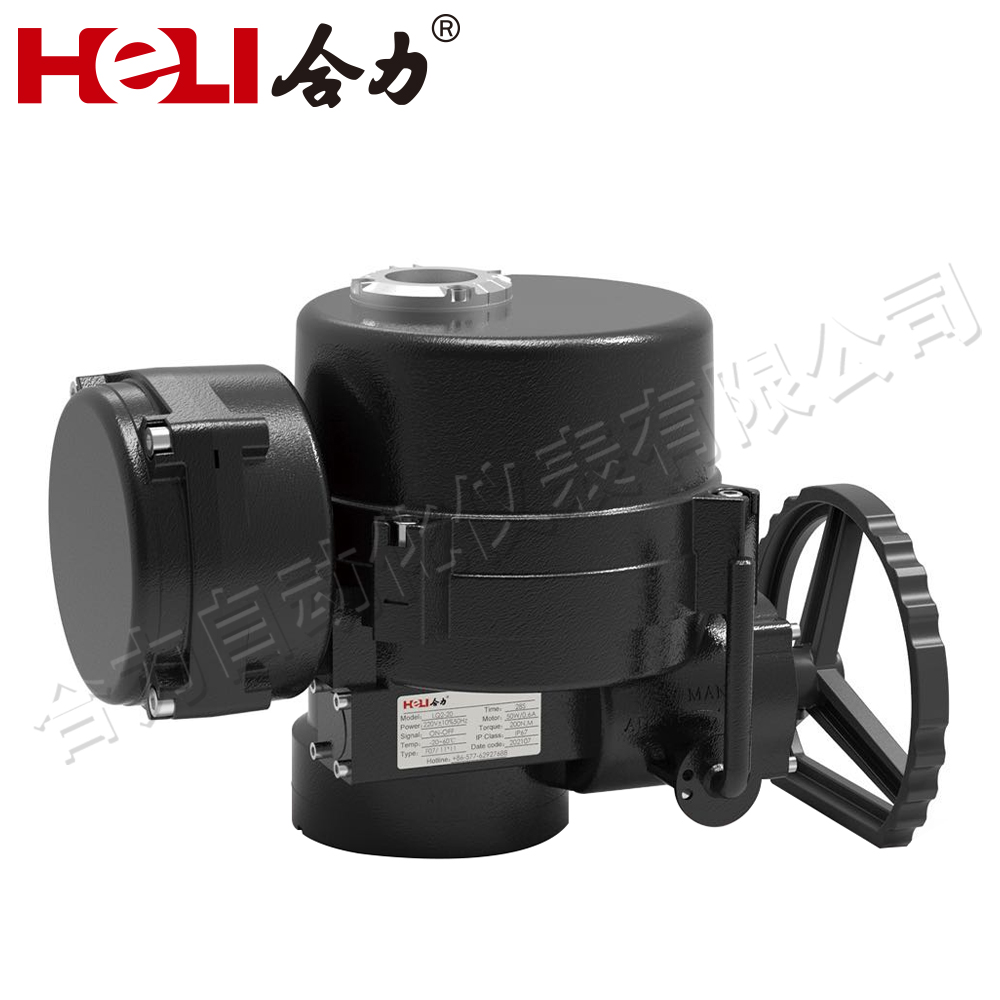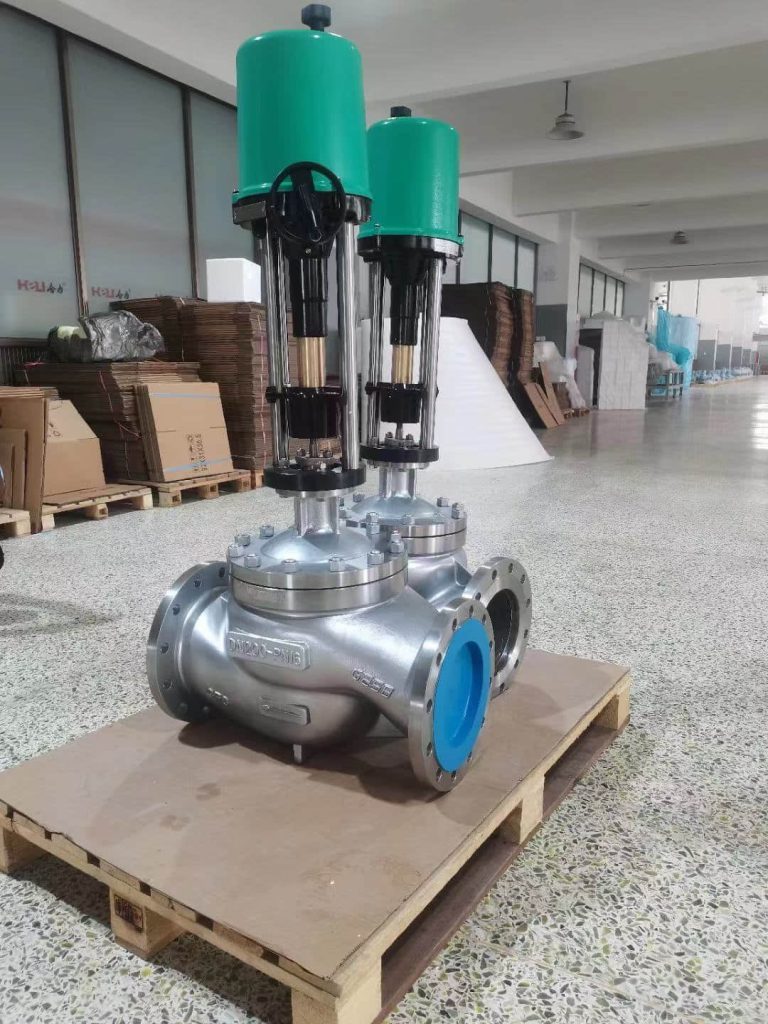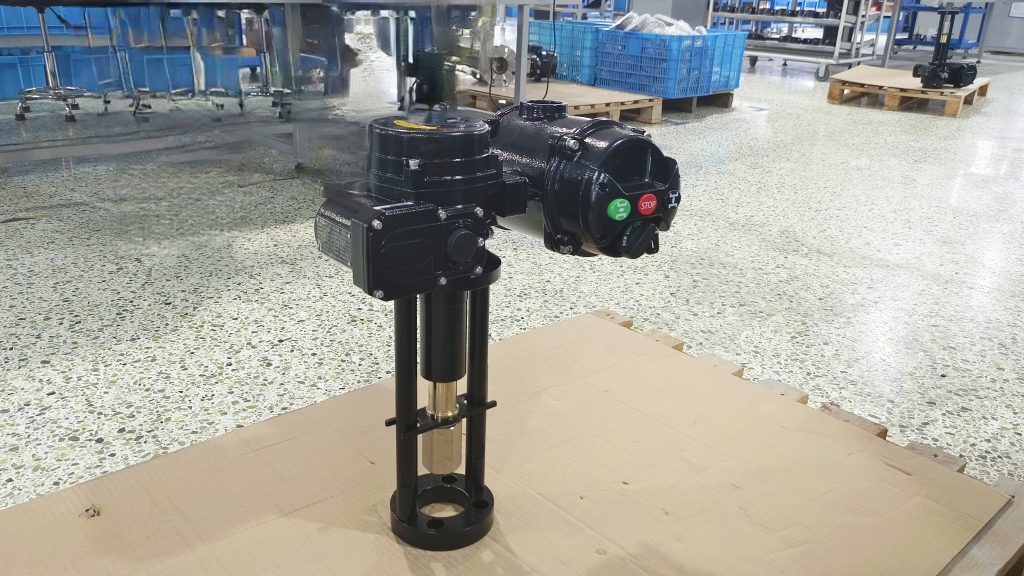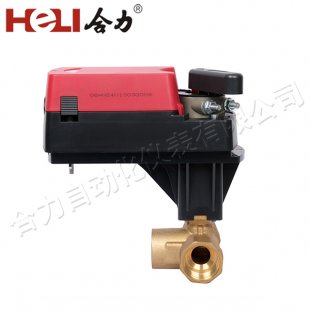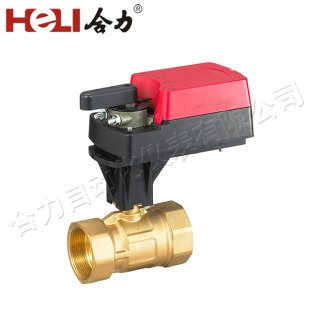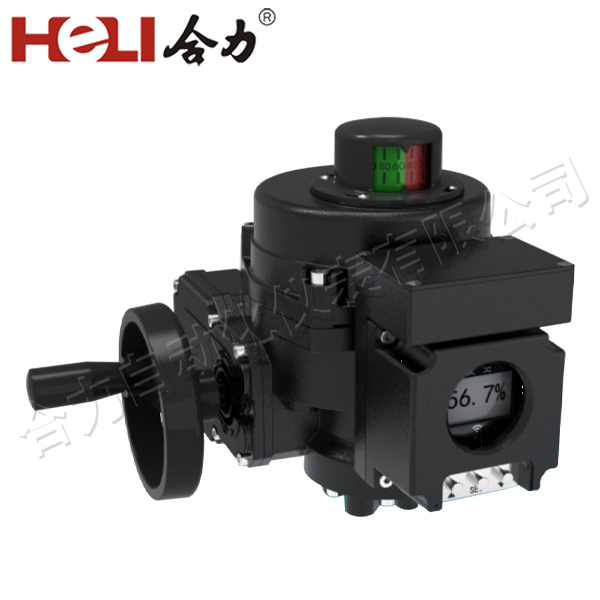In the pursuit of sustainable energy solutions, hydrogen energy has emerged as a promising alternative to fossil fuels. As industries and governments worldwide invest in hydrogen technologies, components like the Hydrogen Energy Electric Two-Seat Regulating Valve are becoming critical to ensure efficient and safe operations. This article explores the design, functionality, and significance of this innovative valve in the hydrogen energy sector.
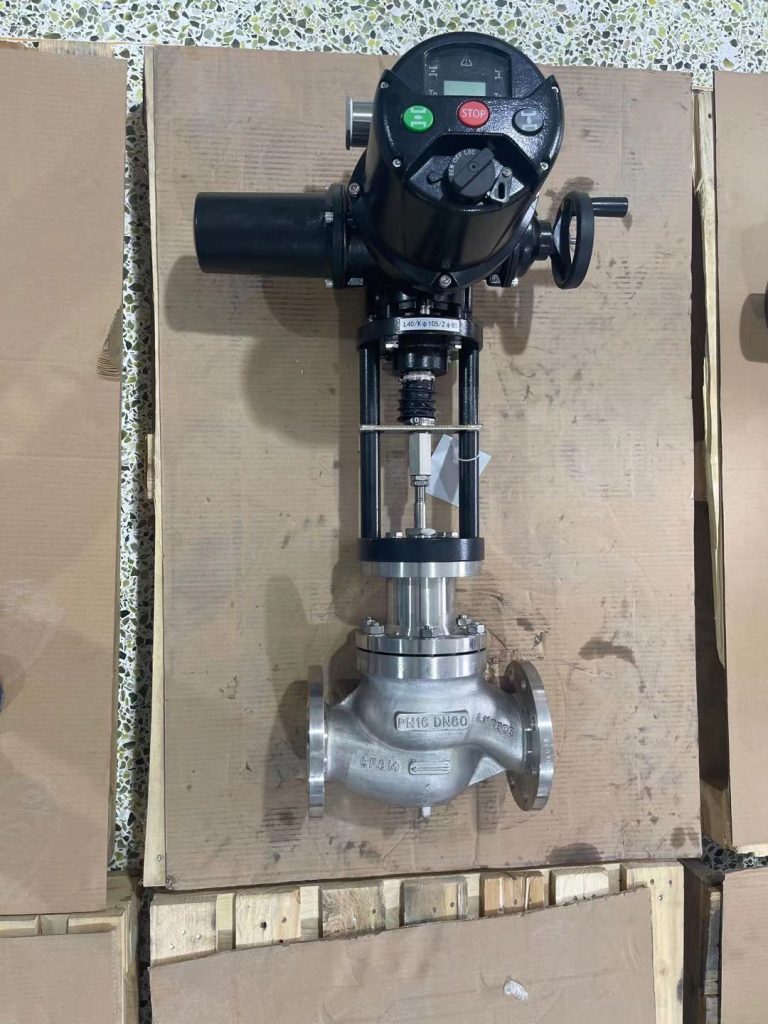
Understanding the Hydrogen Energy Electric Two-Seat Regulating Valve The Hydrogen Energy Electric Two-Seat Regulating Valve is designed to control the flow of hydrogen in various applications, including fuel cells, hydrogen production plants, and distribution systems. Unlike traditional valves, this electric two-seat regulating valve employs advanced mechanisms that allow for precise flow control and enhanced operational efficiency. Design and Components The valve consists of two seats, allowing for balanced flow control. Each seat is responsible for managing the fluid flow independently, which minimizes the risk of leakage and enhances reliability. The valve body is typically constructed from materials resistant to hydrogen embrittlement, such as stainless steel or specialized alloys. These materials ensure the valve can withstand high pressures and temperatures associated with hydrogen applications.


